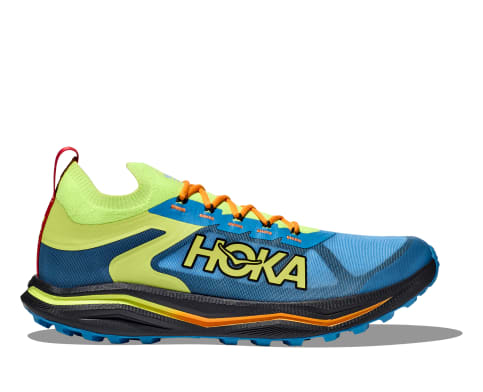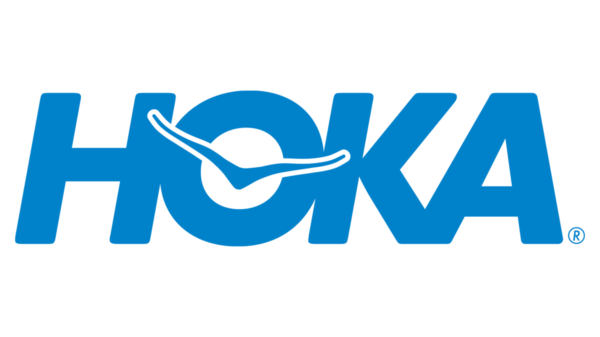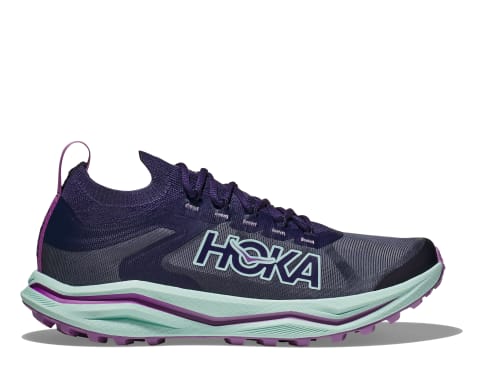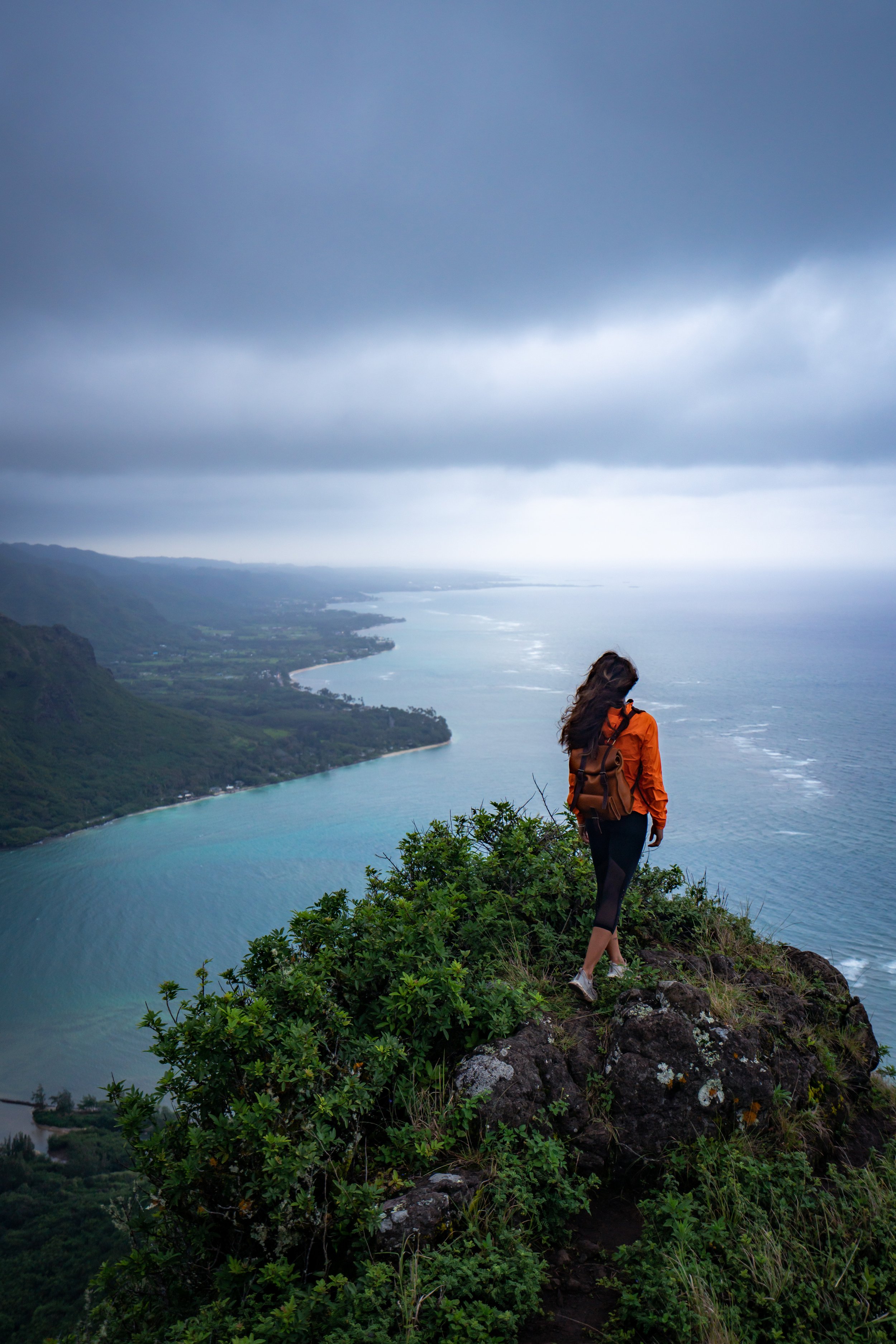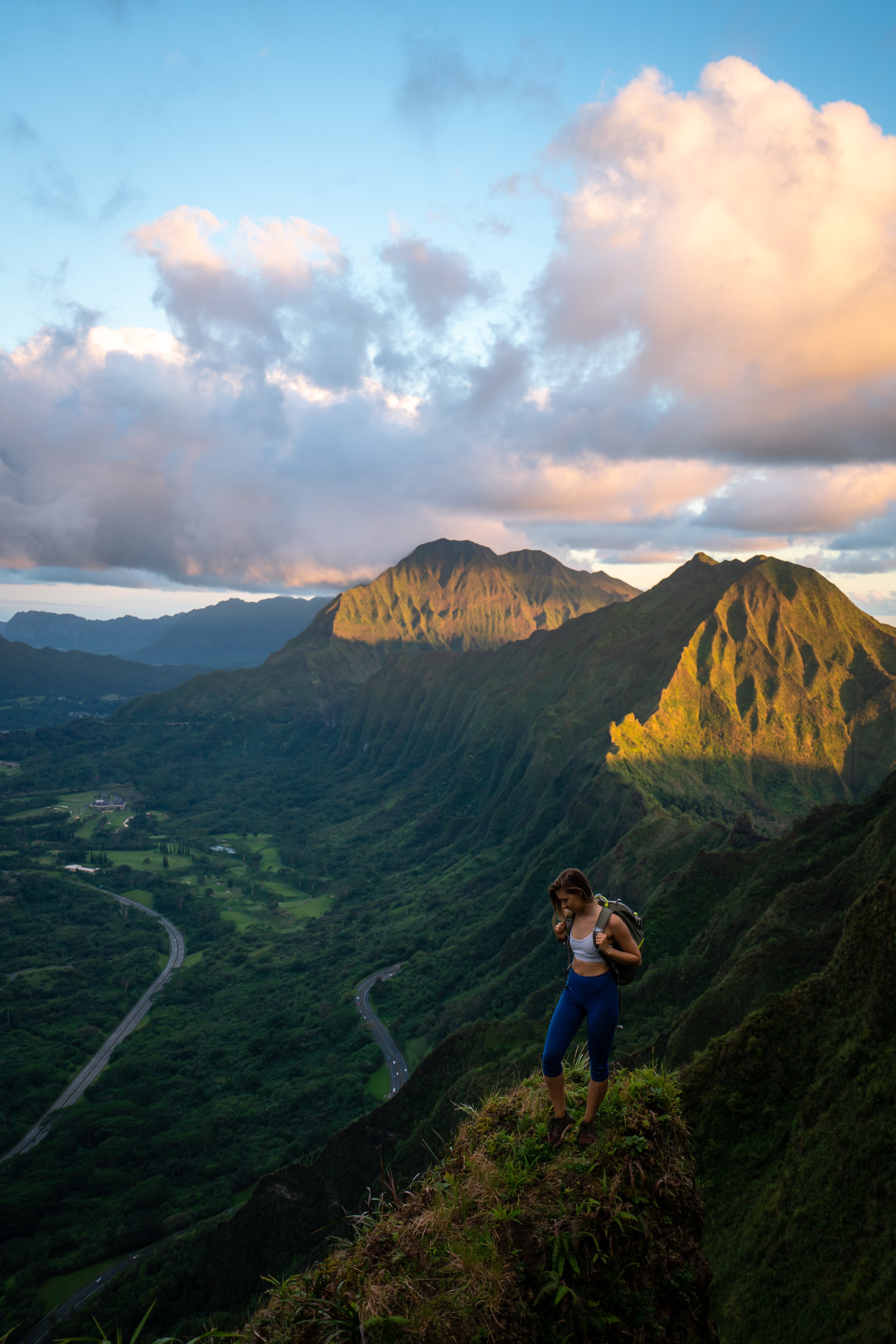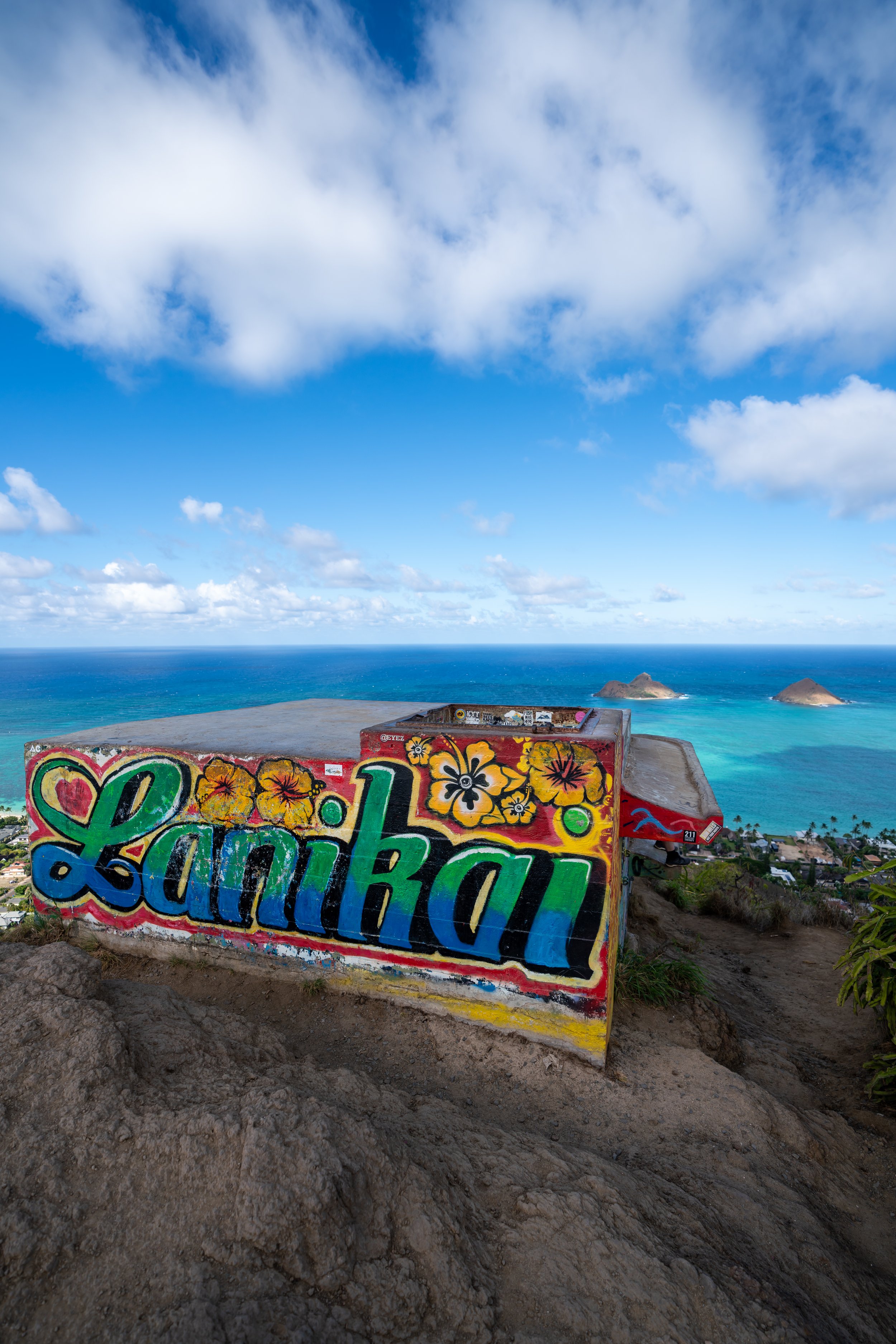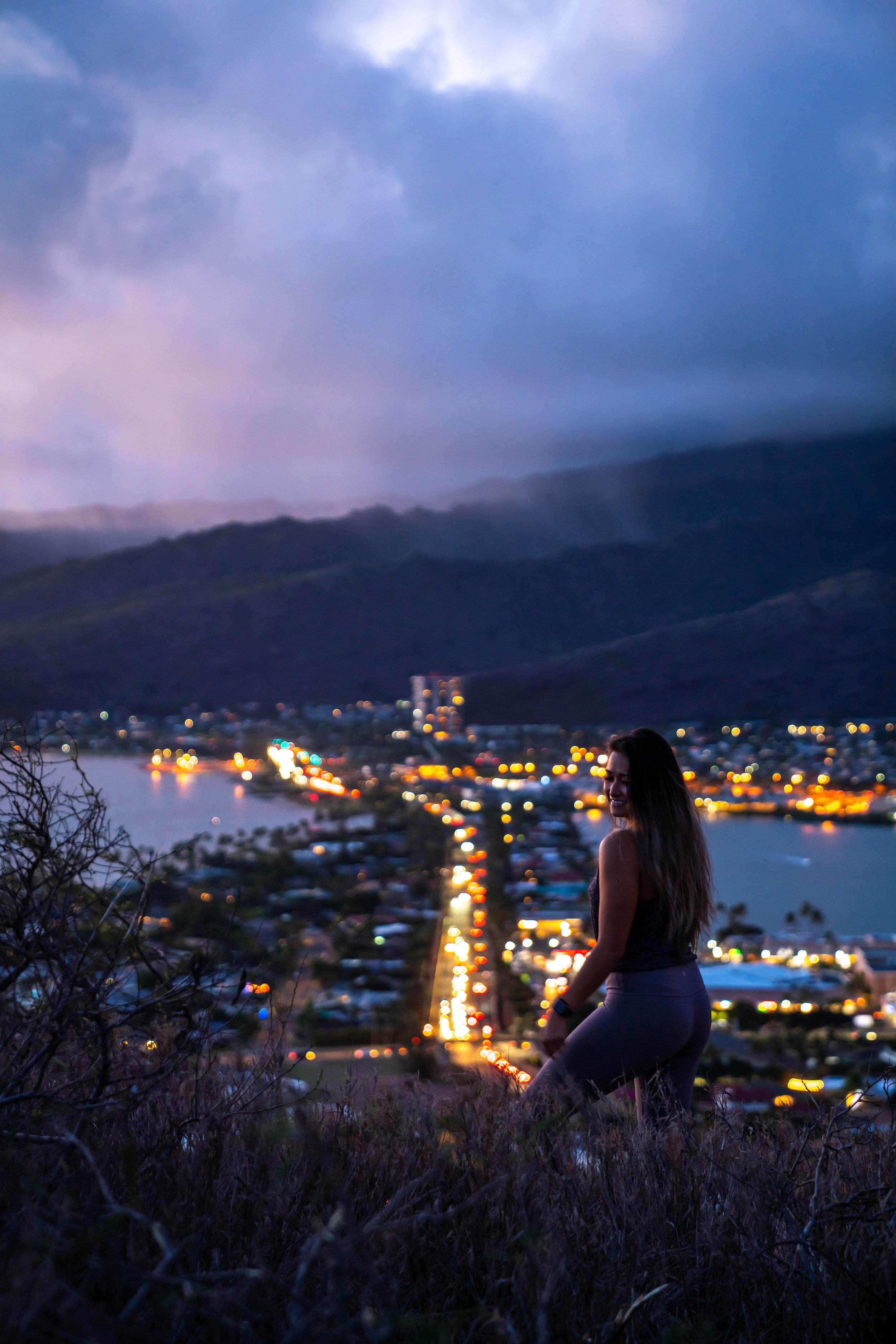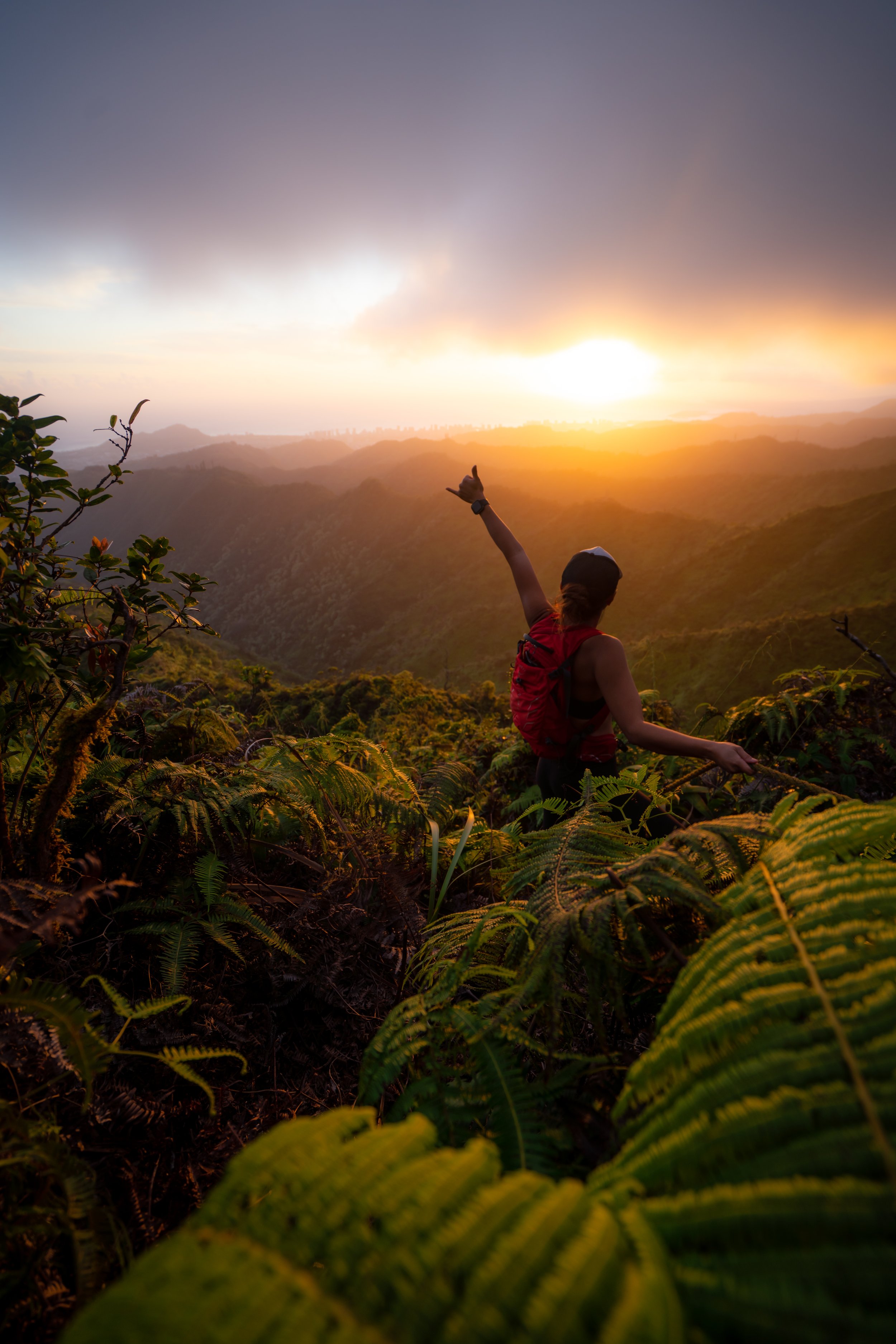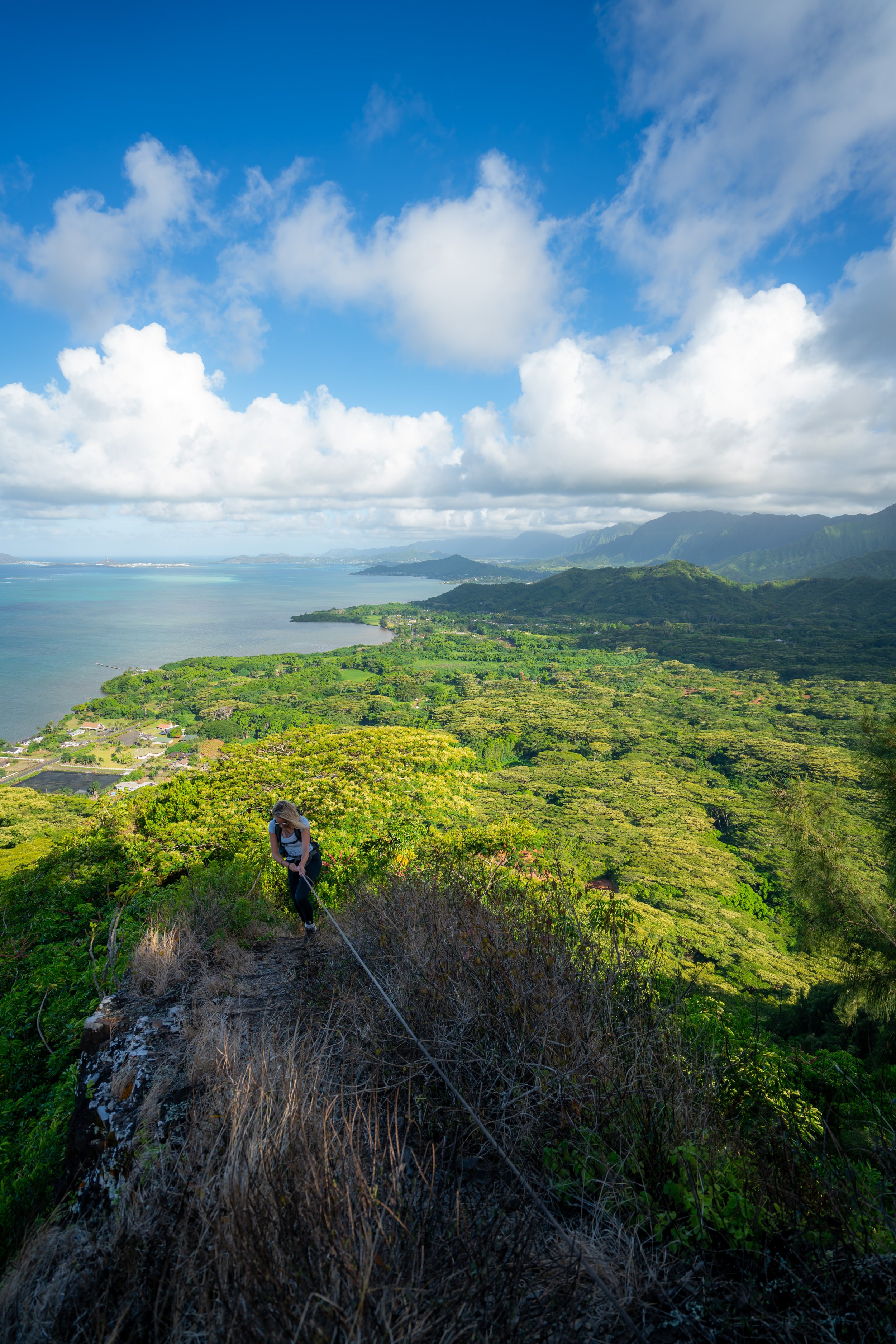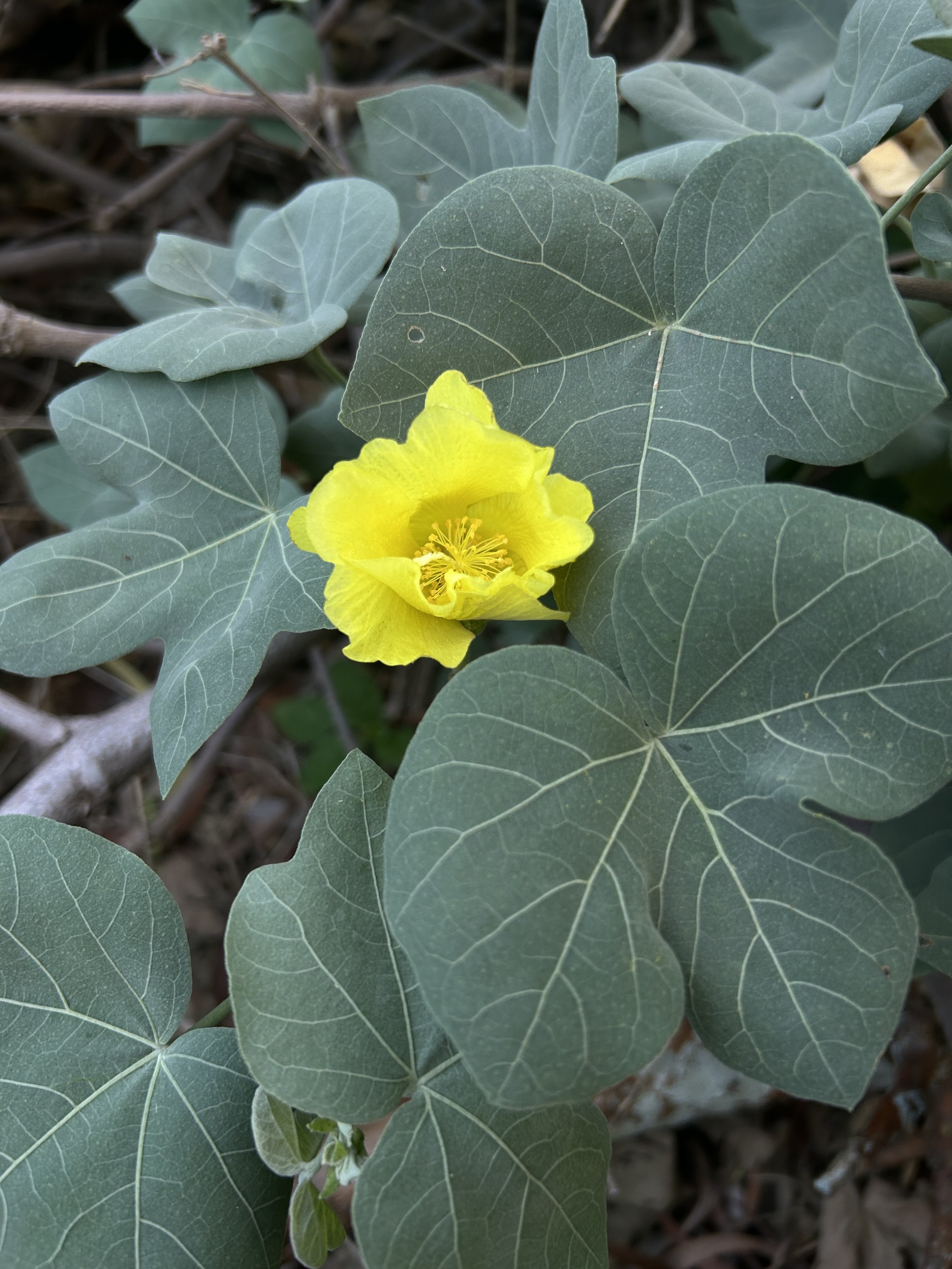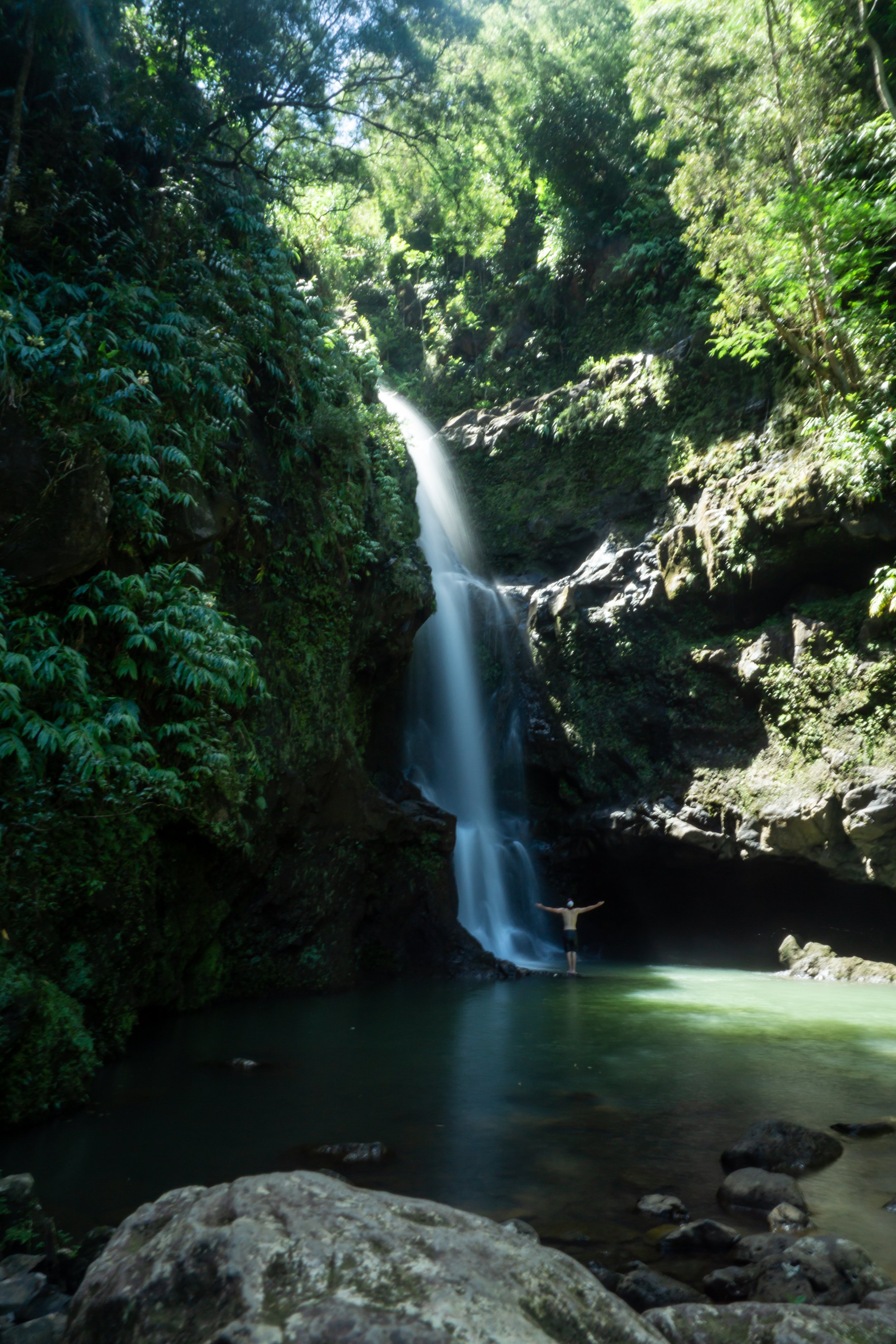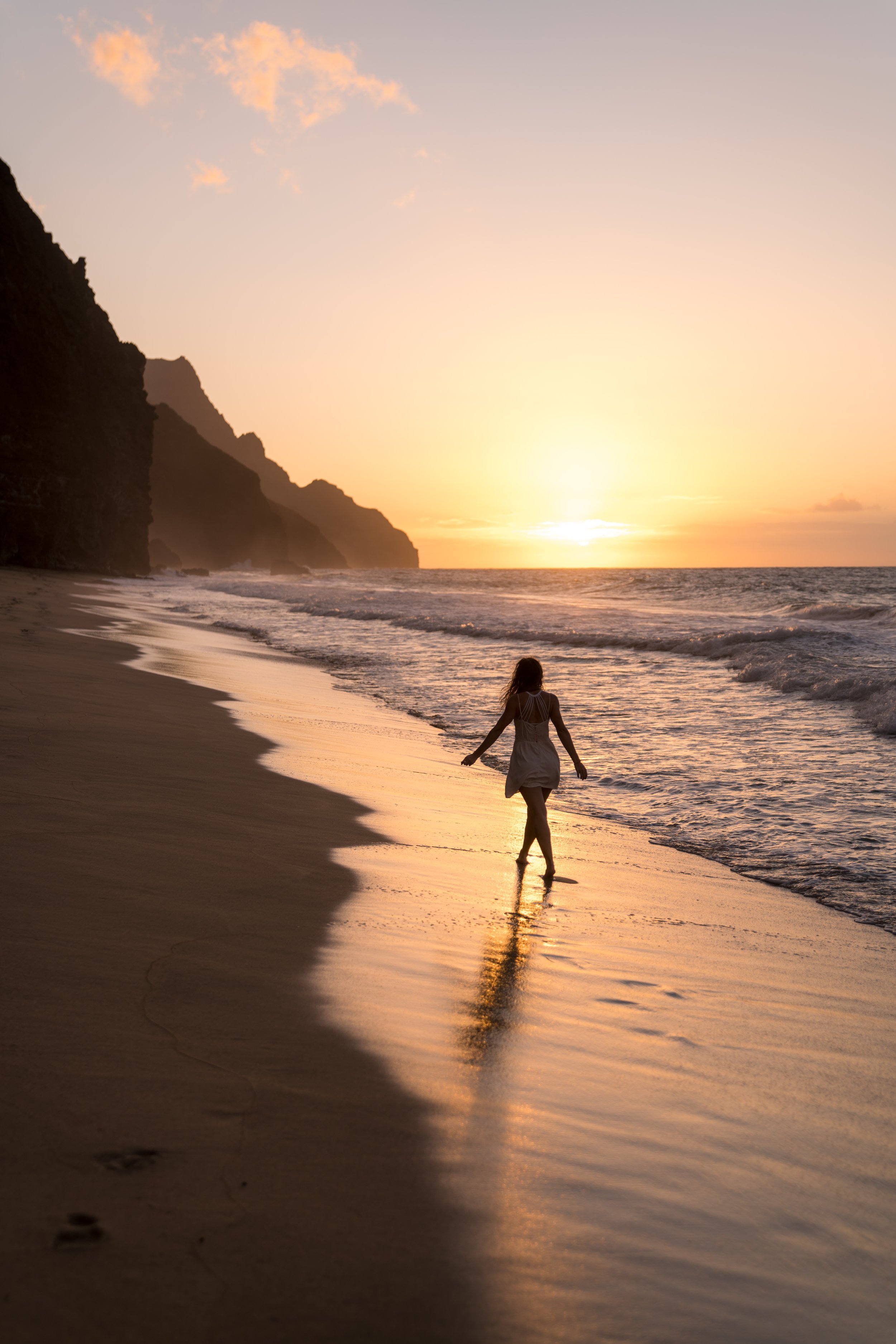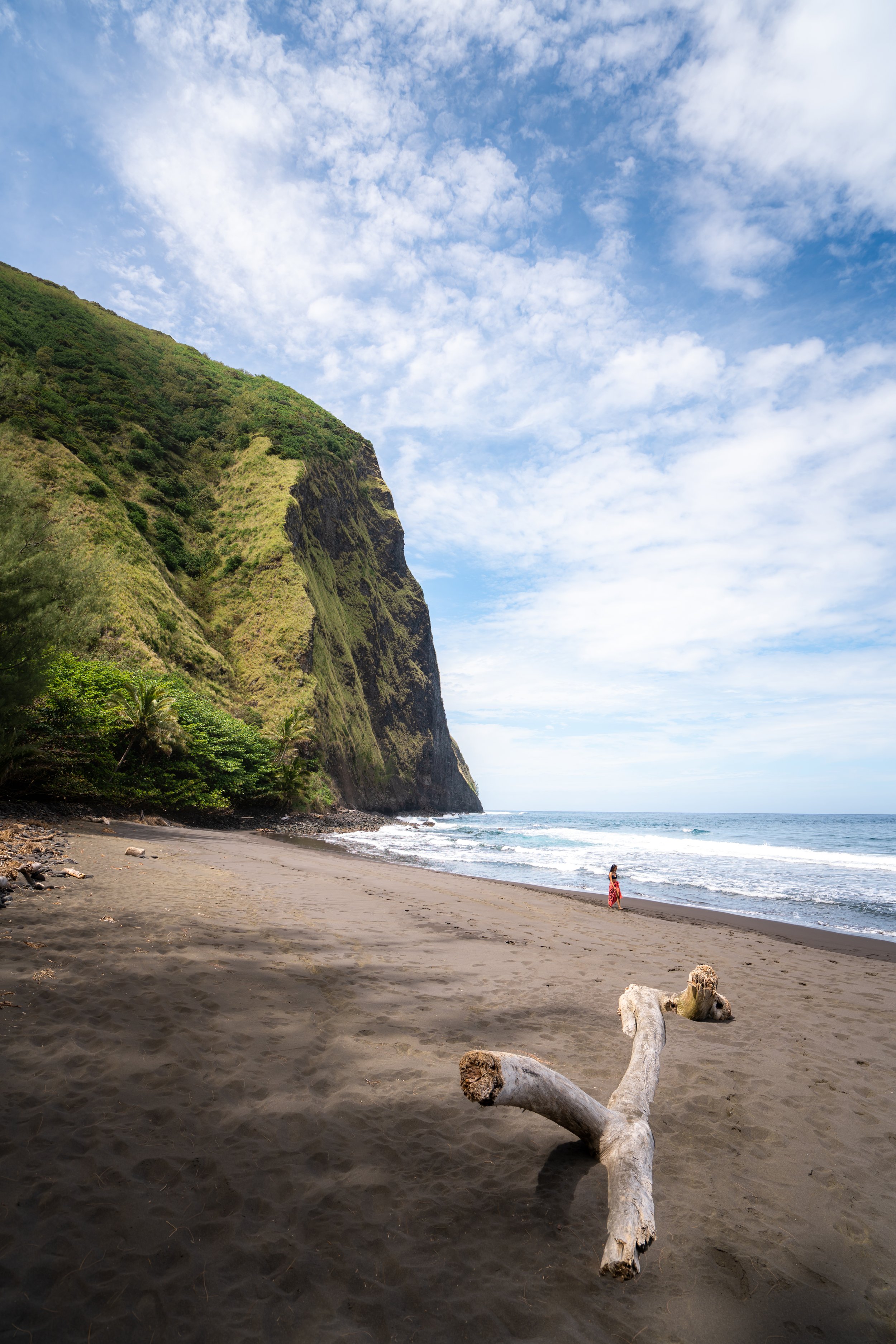Hiking the Mokulēʻia Trail on the North Shore of Oʻahu, Hawaiʻi
Distance (Roundtrip): 6.2 miles / 10.0 km
The Mokulēʻia Trail in the Waiʻanae Mountain Range on Oʻahu is one of the island’s best-kept secrets!
I say this because, much like the Kuaokalā Trail located just to the west, the Mokulēʻia Trail is one of a few day hikes on the island where the trailhead begins high in the mountains, making the trail’s access seem more intimidating compared to other North Shore adventures, such as the Kaunala Trail in Pūpūkea.
By this, I mean that hiking the Mokulēʻia Trail involves choosing between one of two options. The first and easiest option is to hike the trail is to do it while camping at Peacock Flats atop the Mokulēʻia Access Road. This takes away the need to hike to the trailhead.
However, the second and more practical option is to hike in on the 3.6-mile (5.8 km) Mokulēʻia Access Road from the North Shore because this method doesn’t require any advanced planning. This is the option that I recommend because it’s a lot easier than it initially sounds, and it makes the Mokulēʻia Trail that much more accessible.
In any case, the distance above is only the distance from the Mokulēʻia Trailhead in the Waiʻanae Mountains, not the unofficial trailhead at Peacock Flats. It doesn’t include the 3.6 mile-(5.8 km) hike up the Access Road from the North Shore or the 0.5 miles (0.8 km) from Peacock Flats to the trailhead.
In all, the roundtrip distance from the North Shore is 14.4 miles (23.2 km), but hiking the Mokulēʻia Trail from this direction is not as bad as this long distance makes it seem, given that 8.2 miles (13.2 km) of the hike are simply walking on a road to get to and from the actual trailhead. That breaks down to 7.2 miles (11.6 km) on the Access Road and 1.0 mile (1.6 km) roundtrip on the road past Peacock Flats.
Mokulēʻia Trailhead Parking
Parking for the Mokulēʻia Trail depends entirely on which route you choose to begin.
Shown below, there is a dirt parking lot for the Mokulēʻia Trail right before the trailhead, or if you are starting from the North Shore, there is parking on the side of Farrington Highway for the public access road.
That being said, the Hawaiʻi Department of Land and Natural Resources has installed a chain across the 4WD road at Peacock Flats, which can block the final 0.5 miles (0.8 km) of the road for seemingly no reason. This status may or may not change with time.
Google Maps Directions: Mokulēʻia Access Road / Mokulēʻia Trailhead
My Hawaiʻi Hiking Checklist
Osprey 3L Water Bladder - The Osprey 3L water bladder is the most universal hiking and backpacking water bladder on the market, and it’s my go-to because of the slide-off seal that allows it to be quickly filled from the top. Additionally, individual parts are easily replaceable, such as the bite valve.
Blister / Heel Protectors - I swear by these cheap, amazing heel protectors to prevent blisters for nearly every kind of hiking and backpacking that I do!
Black Diamond Headlamp - Personally, I recommend the Black Diamond Storm because it is one of the brightest, lightest, and longest-lasting headlamps on the market—and trust me, the weight-to-battery-life ratio really does matter!
Hiking / Trail Running Shoes - Depending on the type of trail, I prefer to use either the Keen Targhee for longer, more rugged hiking or the HOKA Zinal Trail-Running Shoe for lighter, less intense trails. In either case, both have been amazing to me for many years across countless environments, and both can be found in men’s and women’s sizes. - (Men’s Keen / Women’s Keen) (Men’s HOKA / Women’s HOKA)
Waterproof Rain Shell - You never know when it may rain, and I’ve learned over the years that a rain shell is far better than a rain jacket. By this, I mean that it’s best to have something that the water will roll right off of, which is why I recommend the Patagonia Torrentshell 3L available in both men’s and women’s sizes.
High SPF Sunscreen - Packing high-SPF sunscreen is a must for long days outside!
Hiking the Mokulēʻia Trail
Beginning from the Mokulēʻia Trailhead, located 0.5 miles (0.8 km) past Peacock Flats, the Mokulēʻia Trail begins on a graded trail just outside of one of the conservation management units in the Pahole area.
On a different note, don’t forget to pack a headlamp for the long hike if you choose to begin from the North Shore.
Within the first 0.1 miles (0.2 km) of the hike, the Mokulēʻia Trail will pass through this ungulate-exclusion fence.
That being said, please be sure to close the gate after passing through.
On a side note for the ongoing restoration work up here, please do your part to minimize your impact on the trail. Native reforestation efforts are always underway to in this area to cut back on the overwhelming amount of invasive species, which can be found throughout the entire trail.
Mokulēʻia Shelter
After roughly 0.8 miles (1.3 km), the Mokulēʻia Trail reaches the Mokulēʻia Shelter, which is also the junction for the Waiʻanae Summit and the Mokulēʻia Bench.
That being said, the Mokulēʻia Shelter and nearby viewpoint is usually as far as most people hike on the Mokulēʻia Trail.
This 'unofficial' terminus for many is the trail that leads up to a beautiful viewpoint of Mākua Valley, located right behind the shelter where you wouldn’t expect to find a trail.
Mokulēʻia Bench-Waiʻanae Summit Trail (WST) Junction
If you’re interested in hiking to this viewpoint at the back of Mākua Valley, follow this section below, or you can see where the Mokulēʻia Trail continues past the shelter just after.
To get there, walk through the weeds and up the little hill.
Waiʻanae Summit Trail (WST)
Once at the fence, go left, which follows a small portion of the Waiʻanae Summit Trail (WST).
From here, it’s simply a short walk up the steep hill along the fence until you arrive at the Mokulēʻia Bench.
Read My Separate Post: Waiʻanae Summit Trail (WST)
Mokulēʻia Bench
Generally speaking, the view from the Mokulēʻia Bench in the back of Mākua Valley is one of the most beautiful vantage points on Oʻahu!
I would even go as far to say that you’re more likely to see the beautiful view than be in the clouds, like I was on this day, as the Waiʻanae Mountains are typically much drier than the nearby Koʻolaus.
Mokulēʻia Trail (Second 'Half')
At the clearing for the shelter, the Mokulēʻia Trail continues straight ahead, as if you hadn’t walked over to the shelter.
This is the part of the trail that is by far less trafficked compared to the first 0.8 miles (1.3 km) to get here.
On that note, if the trail ever gets a little faint, just keep walking a few more steps, and it will become more defined shortly after.
The lack of foot traffic up here may or may not be evident.
At a few more points along the hike, the Mokulēʻia Trail passes through some more ungulate-exclusion fences, which make for good mental checkpoints when much of the forest can start to look the same.
Eventually, the Mokulēʻia Trail makes a hard transition into a towering Eucalyptus forest for the remainder of the hike.
Toward the end of the hike, the trail gets a little more vague and confusing because it’s not very clear how to get to the actually terminus.
However, as long as you remain on the ridge, the faint trail will lead out to the clearing in one way or another.
Mokulēʻia Terminus
This large erosion scar is the end of the Mokulēʻia Trail, and it’s an overlook above Oʻahu’s North Shore that few ever make it to.
For this reason, both the Mokulēʻia Access Road and Trail make for one of my favorite trail runs on Oʻahu, but in reality, the Mokulēʻia Trail is just one of many different routes one could take from Peacock Flats when you begin to learn how vast the Mokulēʻia Forest Reserve really is.
To learn more about about the topic, I encourage you to check out my separate post below. Additionally, if you’re in need of a good road-to-trail shoe, you can see my preferred shoes linked below, which are truly perfect for an adventure just like this.
Read My Separate Post: Best Trail Runs on Oʻahu
Native Plants on the Mokulēʻia Trail
The Mokulēʻia Trail has a ton of different native Hawaiian plants that you will walk by right along the trail, including Hōʻawa, ʻŌhiʻa lehua, Alani, Kōpiko, Māmaki, Pāpala Kepau, and Ōpuhe, to truly only name a few.
If you are curious about trying the native Hawaiian Māmaki tea, I kindly ask that you don’t harvest Māmaki from our native forests but, instead, buy from one of the local reputable vendors, such as those listed below.
If you would like to learn more about these and tons of other native Hawaiian plants from across the islands, I encourage you to check out my separate post linked below.
Read My Separate Post: Native Hawaiian Plant Guide
More Oʻahu Adventures
If you’re interested in reading about some more amazing Oʻahu adventures, check out my separate posts below!
Best Hotels & Restaurants in Waikīkī
If you’re trying to decided where to stay on Oʻahu, check out my top 10 list for the best resorts and restaurants in Waikīkī.
I break down what makes one hotel a better choice over another, so that you can find the best fit for your stay on the island.
Read My Separate Post: Best Waikīkī Hotels & Restaurants
HNL Airport-Hotel Shuttle
Prices on ride-share apps like Uber/ Lyft cannot beat the price of booking your hotel shuttle prior to arrival. I say this because there are additional fees for ride-share airport pick-ups at Honolulu Airport (HNL), which is why I recommend booking your transportation in advance using the options below.
Additionally, the last option below will go as far as the Ko ʻOlina Resorts on the West Side and Turtle Bay on Oʻahu’s North Shore!
Best Way to Book Rental Cars!
I travel quite a bit, and I know firsthand that finding a good rental car deal can be a challenge, but that’s why I recommend comparing all of your options with Discover Cars.
In short, Discover Cars is a well-known, reputable business that allows you to search for the best deal across companies, and they have the best full-refund cancellation policy I’ve ever seen, valid up to 72, or sometimes even 48, hours prior to your reservation!
Book Here: Discover Cars
Visiting Other Islands
If you are visiting Oʻahu or heading to another island, check out some of my personal recommendations for Oʻahu, Maui, Kauaʻi, Molokai, Lānaʻi, and Hawaiʻi Island (Big Island) in these separate posts.
If you’re trying to decide which island is right for your visit, check out my overview about each island in the post below.
Read My Separate Post: What is the Best Hawaiian Island to Visit?
What is the Best Time of Year to Visit Hawaiʻi?
The weather in Hawaiʻi can often appear to be warm and beautiful throughout the year, but in my experience, there is a lot more to consider when planning what time of year to visit the islands, such as what island you are considering, what sides of each island do you plan to stay, what activities are you most interested in, the wildlife, and countless other nuanced variables that can all impact the type of trip you can expect to have.
For these reasons, I highly recommend reading through my separate article to not only understand my thoughts regarding the best time of year to come to Hawaiʻi but also what you need to consider based on the time of year that you plan to visit.
Read My Separate Post: What is the Best Time of Year to Visit Hawaiʻi?
10 Best Tours & Excursions on Oʻahu
There are a lot of different tour options to choose from on Oʻahu, but to make it easier to decide, I made a list of my favorite tours because some things simply are better with a local guide!
Read My Separate Post: Best Tours on Oʻahu
Safety
All hikes in Hawaiʻi should not be compared to trails outside of the islands, and hikers should exercise due caution on every adventure, given that many are extremely dangerous.
By this, I mean that Hawaiʻi is known for hot, humid weather, steep, dramatic, and unstable cliffs, and flash floods, which can occur without warning. Therefore, it is important that you check the local forecast, understand the physical condition of your entire group, and pack sufficient food and water before attempting any adventure.
Disclaimer
All information provided on this blog is for informational purposes only and is not intended to be a substitute for information or advice from qualified professionals or managing agencies.
Noah Lang Photography LLC makes no representations or warranties regarding the accuracy or completeness of the information provided here, and readers should use their own discretion, judgement, and seek professional advice where it is appropriate.
Furthermore, Noah Lang Photography LLC shall not be held responsible for any injuries, lost individuals, or legal issues arising from the use of information provided on this website, and if applicable, the above safety disclaimer should be referenced to provide a generic overview of the risks involved.
All said, the content on this blog is for the sole use of Noah Lang Photography LLC, and unauthorized use or reproduction of this content is strictly prohibited.
Disclosure
This post is not sponsored.
However, some of the links in this post are affiliate links, which means that I may earn a small commission if a purchase is made through one of those links. This commission comes at no additional cost to you, and I only recommend products that I personally use and believe will add value to my readers. Thank you for your support, which enables me to continue creating more!
To read the full privacy policy, click here.

About This Blog
Noah Lang Photography, also known as @noahawaii, is 100% reader-supported!
I do not accept guest articles or sponsored content of any kind on my blog, which is why, if you enjoy the outdoor and travel content I create, please consider buying me a coffee!
I appreciate your support, which helps me continue to keep this blog alive!











